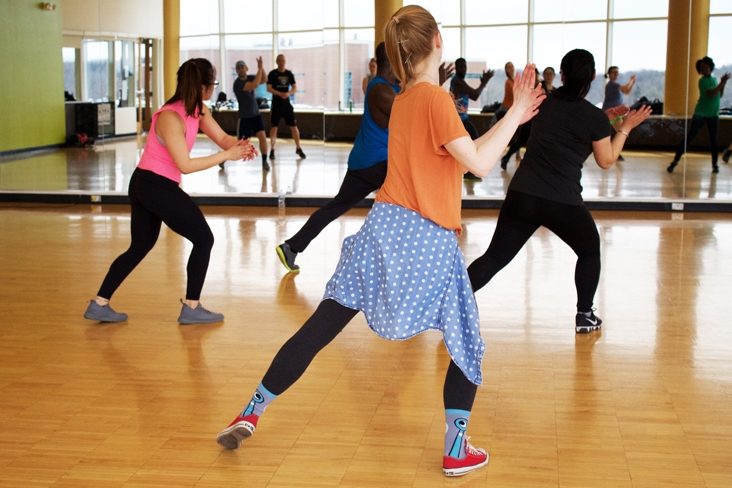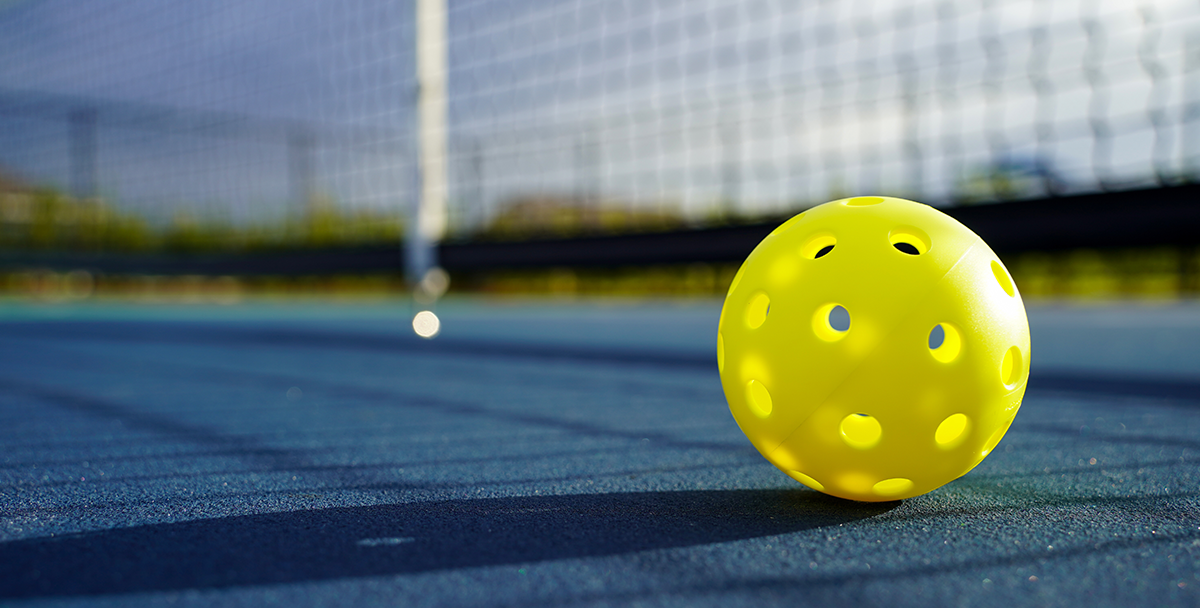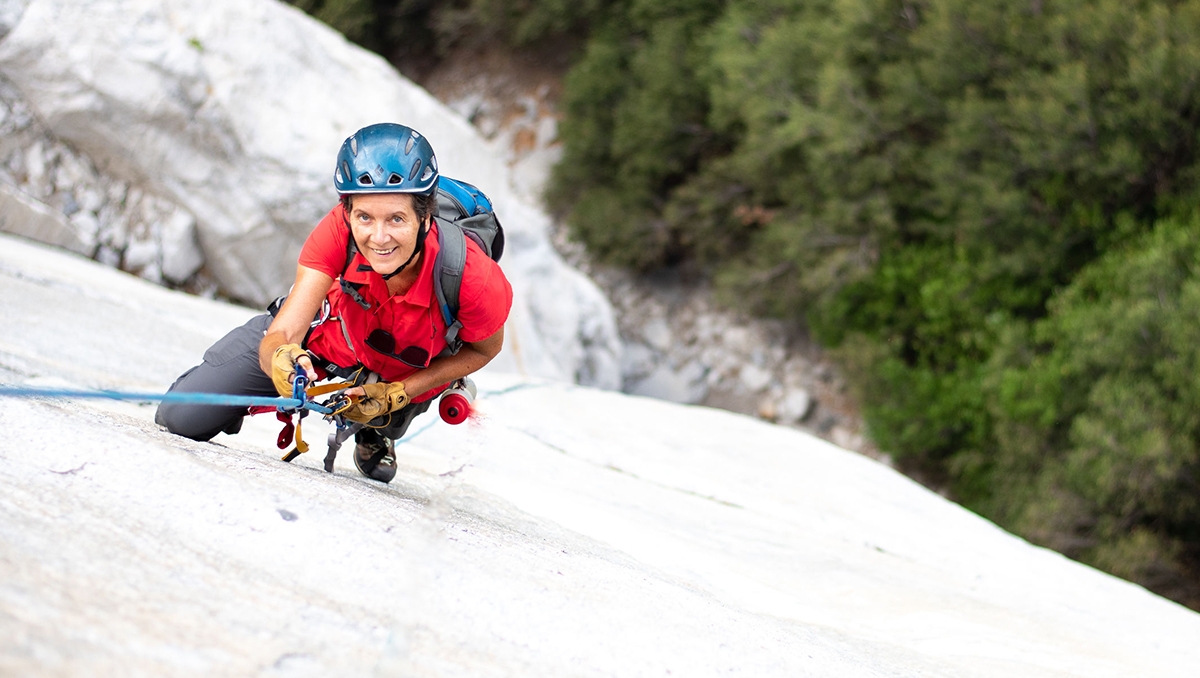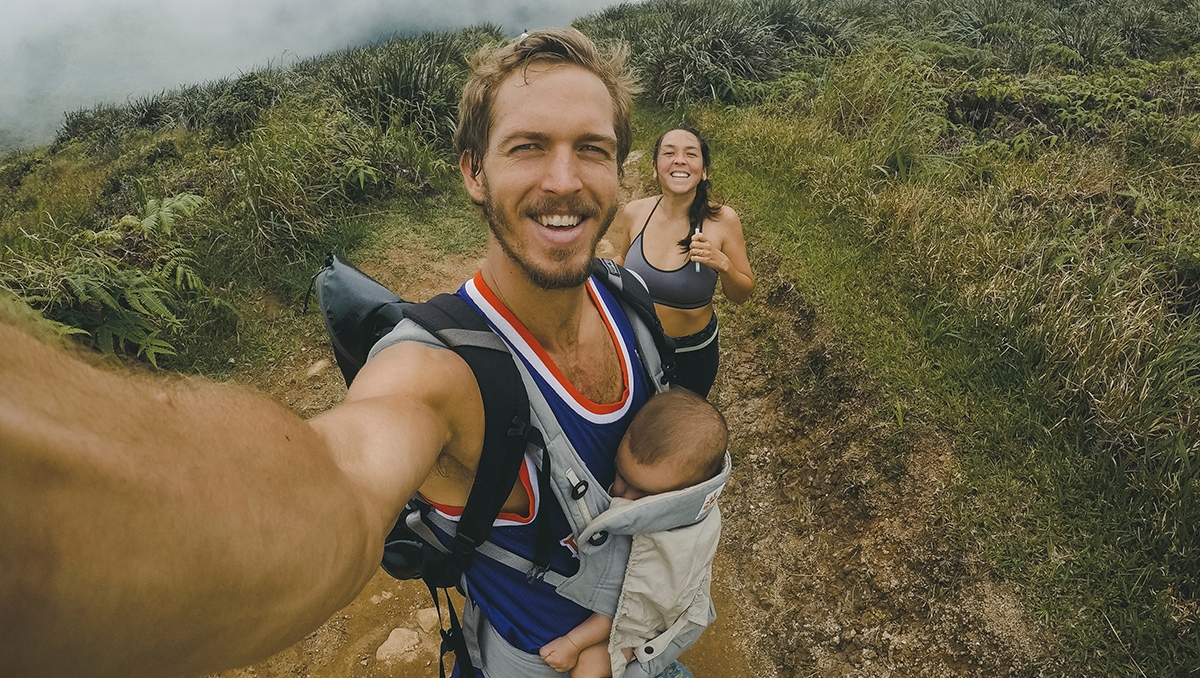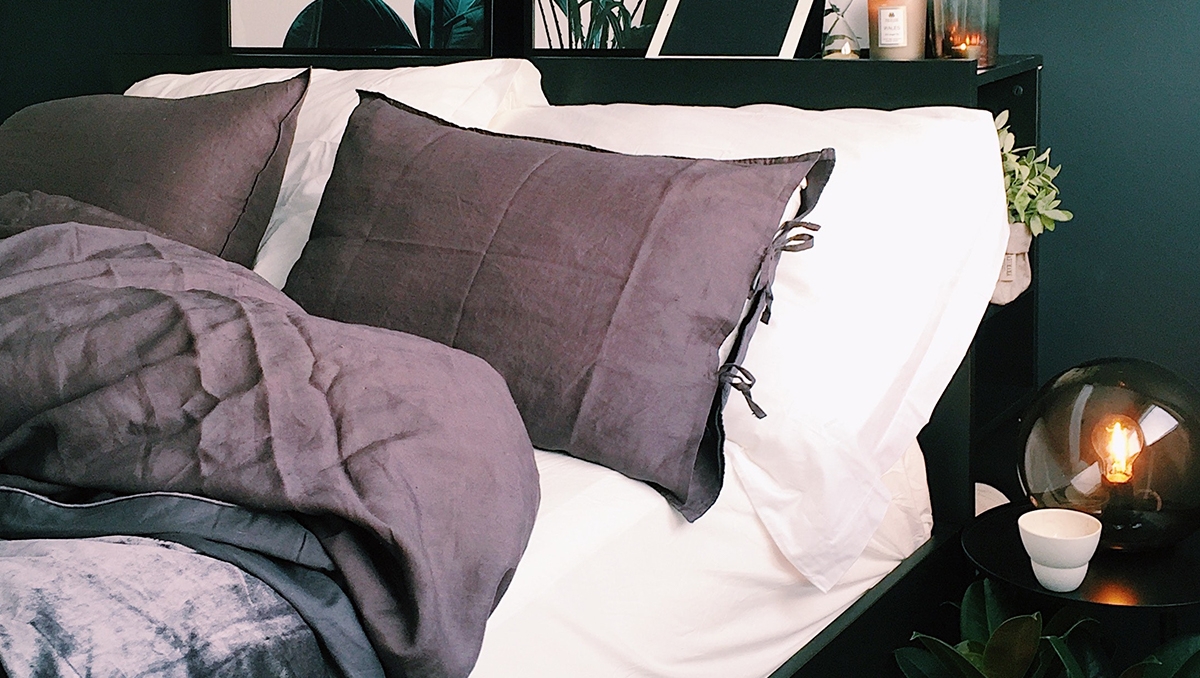Just a few months into life as a college freshman, I struggled to find a physical activity with more meaning than lifting weights or running on a treadmill. I had played sports in high school, so searched accordingly. I tried intramurals, but the competitions were too short. I joined the triathlon club, but the meetings were too inconsistent.
Eventually, I took a chance that led me to the north side of campus, where I ended up in a studio surrounded by women. They were dancers, all of them, and they outnumbered me by the dozens. The instructor made my task clear: I was charged with hoisting three of them (individually but in succession) by the waist and placing them down gently so their pointed feet landed center on a giant piece of tape marked “X” on the floor, my shaky abdominals doing everything in their power to provide the necessary support.
It was the first dance class I’d ever taken, and the first time since arriving at school that I rediscovered that elusive combination of technical discipline and organized fun. I had longed for it. For the next four years, you could find me in a ballet class, a modern class, or taking part in a body-to-body human assembly process known as contact improvisation. I studied yoga to improve my flexibility; Pilates to strengthen my core. For the heck of it, I took hip-hop in spurts.
Now in my 30s, I still incorporate dance into my life with regularity. I take a ballet class once a week, yoga on the weekends, and have no problem cutting a rug alone in front of my bedroom mirror. My experience in college set me up for a style of living that I maintain to this day, adding a holistic wrinkle to my regular routine that feeds my body and, more importantly, my soul.
A life with dance is for everyone. Here’s why.
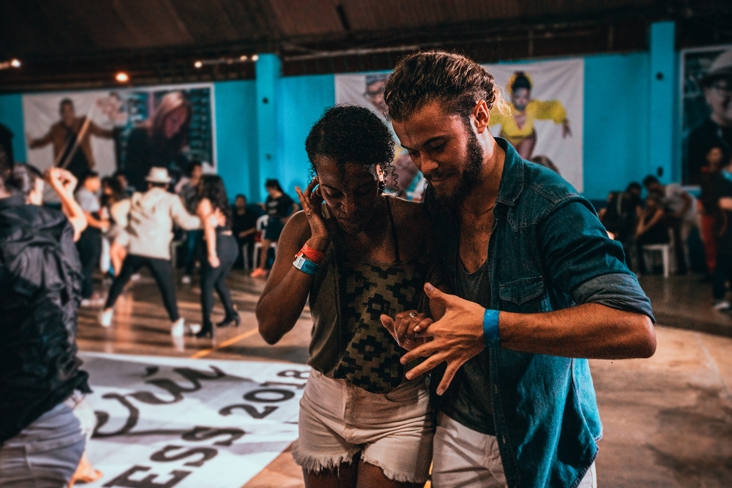
Dance Is Universal
While most professionals start young, remember that you’re not setting out to be the next Baryshnikov. And these days, you’ll find lots of fellow newbies interested in casual dance lessons. “The choice is either ‘I dance because it’s going to be my career,’ or ‘I dance because I like it,’” says TaraMarie Perri, a professor in the dance department at New York University’s Tisch School of the Arts. She has noticed more students, from many different backgrounds, who are taking dance simply because they have fun doing it. Perri points to mainstream music and TV as two sources that have encouraged casual onlookers to pursue a dance class.
This idea isn’t limited to college kids. Ellen Hoffman, 75, caught the dancing bug only recently. The author and former Washington Post reporter chronicled her experience in an article titled “Rewards of Dancing as You Age.” The adventure began a few years ago in a small-town bar in LaCrosse, Wisconsin, where Hoffman’s now-husband convinced her to step out onto the dance floor.
“It got to be a habit, and it became fun,” Hoffman told me. Like her, you can hit the dance floor at a local bar, or you can even stay home and dance to the Thriller album in your jammies. If you’re looking for a class environment, many studios have altered their schedules because of increased interest from beginners, offering more classes designed to accommodate those with little to no formal experience.
For dance novices, Perri offers two pieces of advice. First, let go of your fear of embarrassment; second, remember that dance is a part of your ancestry.
“It’s one of the most critical ways to keep ourselves well,” Perri continues. “Every ancient civilization, when someone was sick, the medicine man or woman would say, ‘When was the last time you danced? When was the last time you sang?’ Those are the keys to health.”
— TaraMarie Perri, Professor, New York University's Tisch School of the Arts
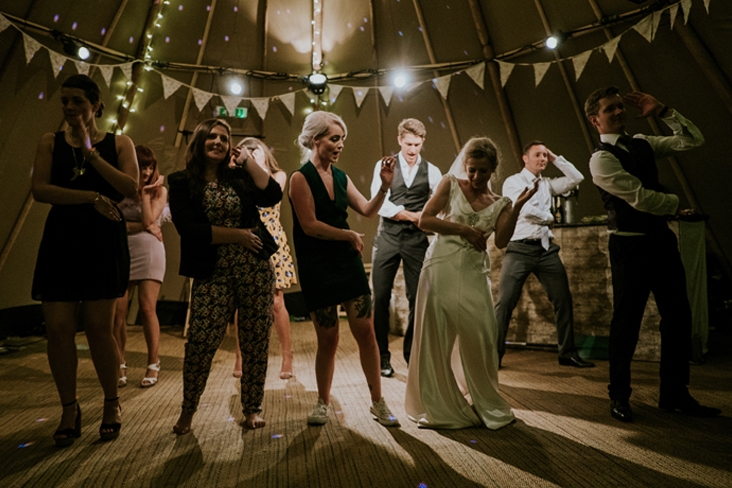
Dance Is Wellness
Clinical studies have shown the practice of dance to be life-giving, if not life-changing. A recent one, published in Frontiers in Human Neuroscience, found that participating in dancing had a powerful effect on neuroplasticity and slowing degenerative qualities associated with aging. The focus group tested 26 healthy participants with an average age of 68. Some were assigned to fitness and endurance training; others were asked to take choreographed dance classes. At the completion, brains were scanned and compared. The results showed noticeable improvements among those who danced as well as those who exercised, but the dancers had hippocampus changes and improved balance not found in the fitness group.
Hoffman, the 75-year-old dancer, has found her evenings out dancing to be great physical exercise, too. “[My husband and I], over quite a few years, have been very good about going to the gym and trying to stay fit,” she says. “What happened with the dancing is more or less that ‘Well, if we’re going to dance tonight, we don’t have to go to the gym today.’”
For Allie Chee, former publisher of a financial industry magazine, dance has been a salvation. Over a string of time, Chee endured 15- to 17-hour work days stemming from life as a business owner, a breakup and one scary bout with a panic attack. She turned to a local salsa class as a remedy. It worked. She’s since taken up tango, a style she refers to as “the dance for the rest of my life.”
“There is no thought, no wondering if you’re doing it right or who’s watching,” says Chee, who came to know tango more intimately after a trip to Buenos Aires. “Your body is moving in unison with your partner, and the two of you become a single instrument being played by the music.”
Those curious about dipping their toes into the dance world can take a cue from Chee’s experience. She’s grown to love dancing so much, even the memory of a good time on the dance floor can boost her mood. “Just talking about it,” she says, “brings back a trace of that feeling.”
